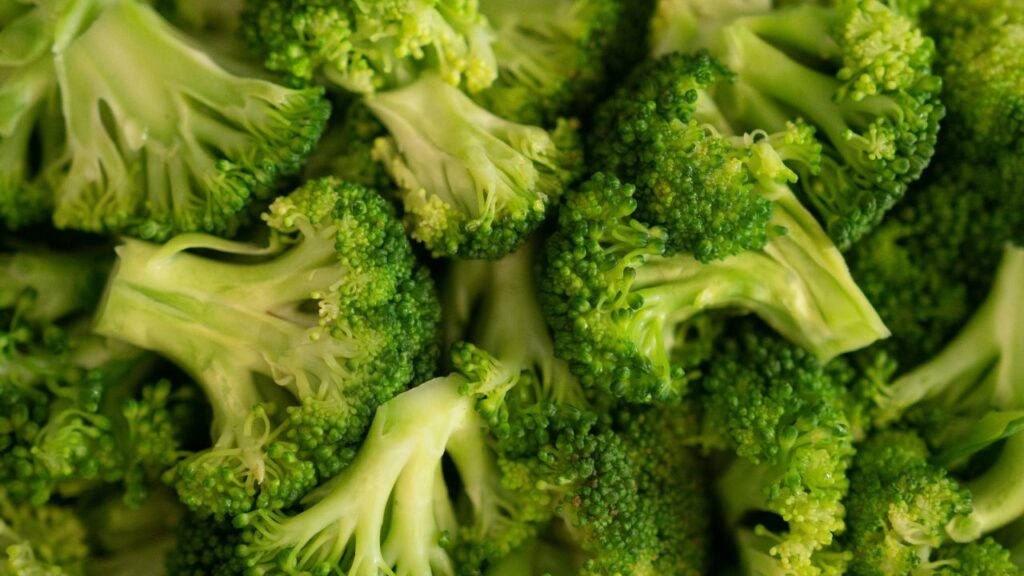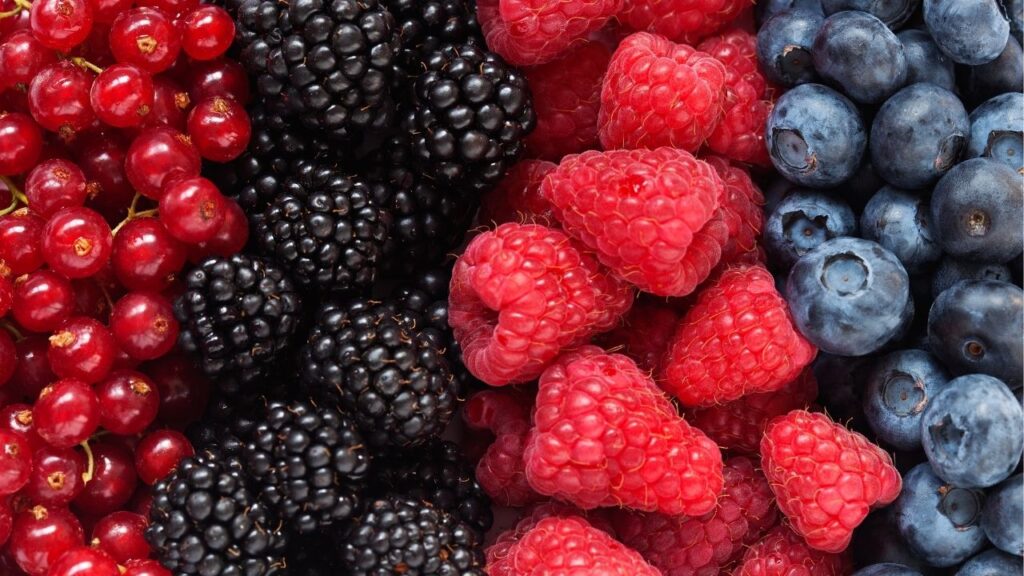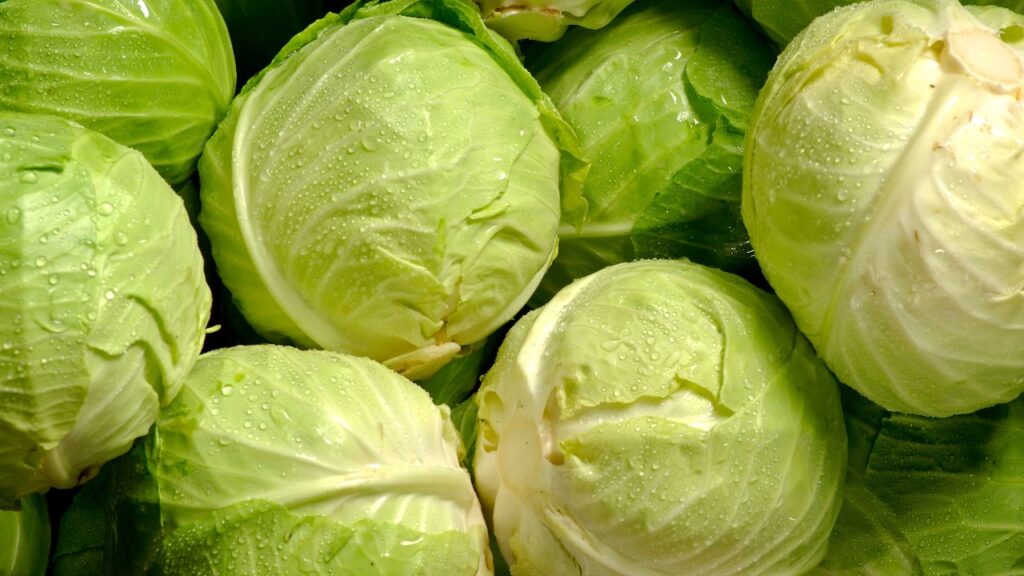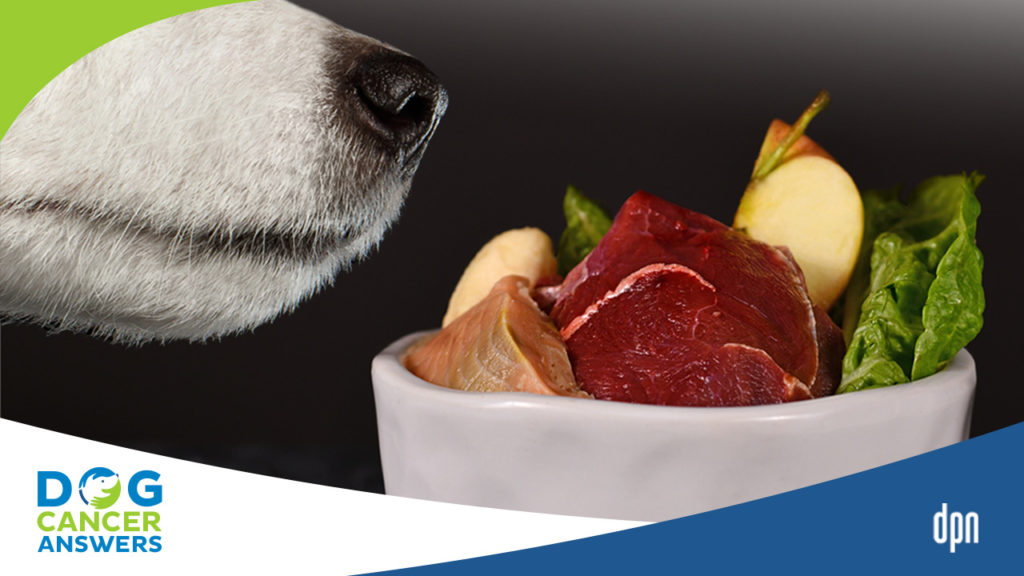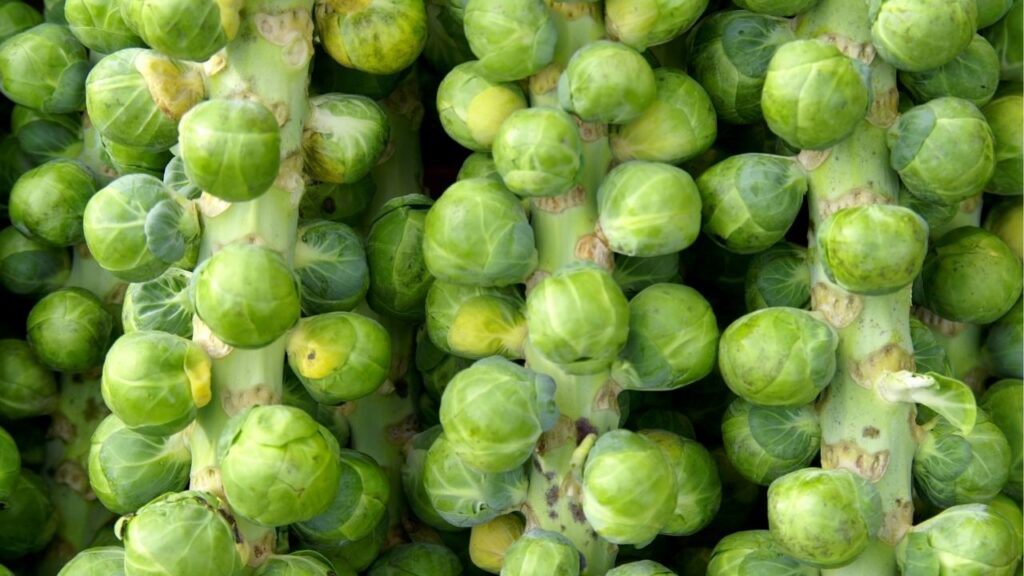Brown rice is a readily available, highly nutritious food that may help reduce the incidence of certain cancers.
Key Takeaways
- Dogs can eat brown rice (in fact, it’s good for them).
- You can feed your dog brown rice every day.
- Brown rice has more vitamins, minerals, fiber, and bioactive compounds than white rice.
Can Dogs Eat Brown Rice?
As one of the most widely consumed grains,1,2 rice is a staple food source for over half the world’s population.3,4 If you wonder if you can use brown rice for dogs with cancer, the answer is yes, you can.
Brown rice contains the complete kernel, which includes the bran and germ layers.1 The presence of these layers makes brown rice a superior source of vitamins, minerals, dietary fiber, and bioactive compounds compared to white rice.5
Brown rice can also be ‘sprouted’ or ‘germinated,’ increasing its nutritional value and bioactive compound content (but may not be helpful for dogs with existing cancer — see more below).5
Brown rice is readily available at most grocery stores.
Is Brown Rice Good for Dogs?
Potential benefits of consuming brown rice stem from both the increased fiber content as well as a plethora of bioactive compounds contained within the grain. These characteristics can help prevent the development of cancer as well as help slow the progression of existing tumors, with the majority of research currently being focused on colon, pancreatic, ovarian, breast, and prostate cancer.1,3,5-7
Additionally, brown rice may help decrease lipid (fat) levels in the blood, lower blood pressure, and reduce the risk of other chronic diseases such as diabetes and heart disease.5
Diets high in fiber have been linked with lower incidences of colon1,6 and pre-menopausal breast cancer.1,3 Increased fiber can bulk up the stool and increase the rate of fecal transit through the digestive system, which limits the amount of contact that potentially carcinogenic (cancer-causing) compounds have with the gastrointestinal tract.3,8
Dietary fiber can also help regulate certain hormones, including estrogen, which may contribute to a decreased risk of breast and ovarian cancer.8 Additionally, the digestion of fiber by bacteria in the gut can produce helpful bioactive compounds, which can decrease overall inflammation and even encourage apoptosis (death) of cancer cells.8
Brown rice contains a large number of bioactive compounds which can impact cancer development and progression.3,5-7,9
- Protease inhibitors can help stop the process that makes normal cells turn cancerous.6
- Phenols have been shown to interfere with the proliferation of breast and colon cancer cells.7
- Inositol has been shown to be able to help prevent colon cancer development as well as regulate the growth of many types of cancer cells.7,10
Veterinary nutritionist Dr. Lindsey Bullen talks diet and cancer on DOG CANCER ANSWERS.
When to Not Give Dogs Brown Rice
Brown rice may not be appropriate for dogs with bladder or breast cancer., due to potential concerns about arsenic.
- Rice accumulates arsenic when grown in water or soil with high arsenic levels.11
- Most of the arsenic is contained in the outer layers of the kernel which means that brown rice, which leaves these layers intact, may have a higher arsenic level than white rice.1,11,12
- As arsenic has been associated with the development of bladder cancer,1 brown rice may not be a good choice for dogs with existing bladder tumors.
- Additionally, a small increase in the risk of breast cancer has been documented in individuals with increased arsenic consumption through brown rice.13
Already giving your dog with these cancers brown rice? Don’t be hard on yourself. Further research into the interaction between arsenic, brown rice, and cancer is necessary, and it is unlikely that it has harmed your dog or caused their cancer. Remember, cancer is a multifactorial disease, and no one thing definitively causes it to occur.
Germinated or Sprouted Rice May Not Be Helpful
Another concern is about germinated or sprouted brown rice, which contains higher levels of GABA—a naturally occurring compound commonly associated with producing feelings of calmness and relaxation—than regular brown rice.3,5,14 The relationship between GABA and cancer is currently under investigation.
Early research results suggest that GABA may have different effects depending on the type of tumor—helping slow the growth and spread of some tumor types9,14,16 while promoting the growth and spread of others.15,16 Some cancer cells may even use GABA to help decrease the body’s immune response to abnormal tissue.15,16
Due to the increased GABA content, germinated brown rice should potentially be avoided in dogs with existing cancer, especially those with colon or mammary tumors.
How to Prepare Brown Rice
Brown rice has a relatively short shelf-life of about six months after purchase. Beyond that timeframe, the oils in the kernel will begin to turn rancid.3 You can freeze or refrigerate brown rice, if desired, to help extend the product’s shelf-life.3
Storage Options
Brown rice is often parboiled in an attempt to preserve the rice for more extended periods. However, this significantly decreases its nutritional value and should be avoided when possible.3 If you would like to purchase large quantities of brown rice at one time, you can obtain special airtight containers filled with inert nitrogen gas from food suppliers, which can extend the shelf-life for years.3
Washing and/or Soaking Brown Rice
When cooking brown rice, rinse the grains first using a colander.
Some people also opt to soak the rice to help improve texture and reduce cooking time.17 Soaking may also help decrease arsenic, if it’s present, in the kernel.11
You can soak brown rice for up to 24 hours before it begins to sprout.
Cooking Brown Rice
The most straightforward way to cook brown rice is in a rice cooker or a pressure cooker, such as an Instant Pot. Follow the manufacturer’s instructions when using these methods to get a well-cooked and delicious result.
If you don’t have a rice cooker or Instant Pot, you can cook brown rice on the stovetop.
- Measure one part rice to two parts water.
- Bring to a boil.
- Lower the heat and simmer until the water is fully absorbed, approximately thirty minutes.
- Once cooked, remove the rice from the heat and allow it to stand for about ten minutes before serving.17
How Much Brown Rice to Give Your Dog
Many factors (such as your dog’s weight, what other foods they eat, their specific health issues, etc.) will impact how much brown rice you should feed. Your veterinarian can help advise you on how to incorporate brown rice into your dog’s diet.
In general, brown rice should not exceed more than 10% of your pet’s total calories for the day.18
Where to Get Brown Rice
Regular brown rice is readily available at most grocery stores.
Germinated or sprouted brown rice (which you might want to make for yourself or for dogs who don’t already have cancer) is available at some specialty stores, or you can make your own at home. To sprout brown rice, soak it in warm water (35-40 degrees Celsius) for 3-12 hours, with water changes every 3-4 hours. Afterward, drain the water and keep the grain moist for 20-24 hours.4
Parboiled and instant brown rice should be avoided as the processing methods destroy many of the beneficial compounds in the rice.1,3
Topics
Did You Find This Helpful? Share It with Your Pack!
Use the buttons to share what you learned on social media, download a PDF, print this out, or email it to your veterinarian.
